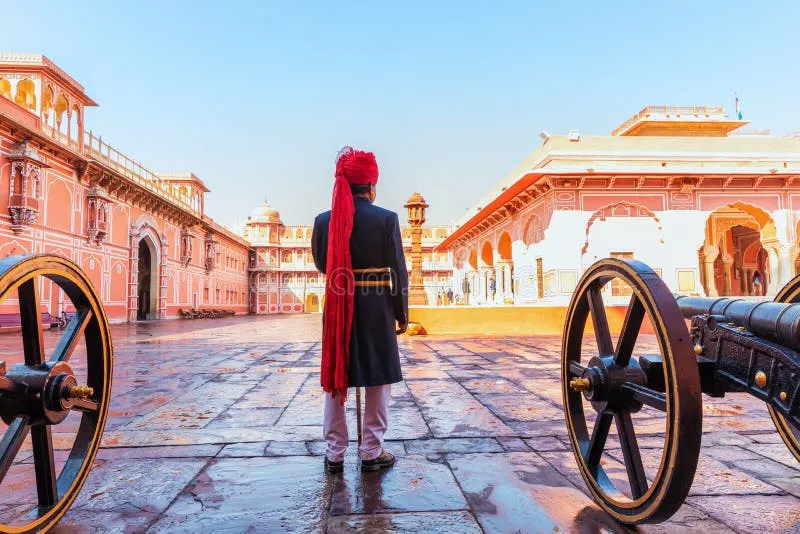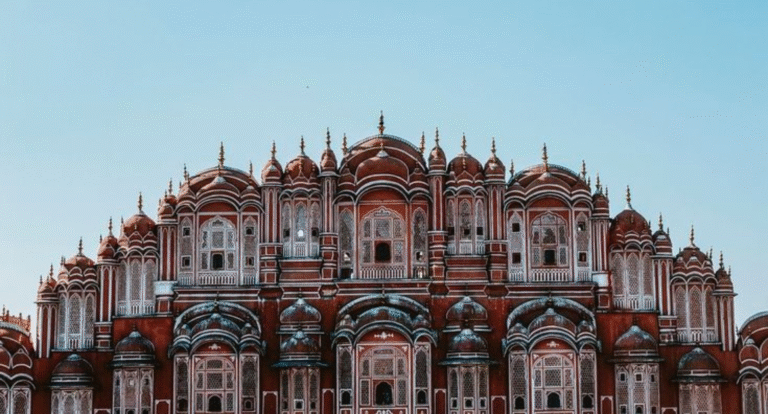History
Forts, Kings, and Astronomers
Founded in 1727 by Maharaja Sawai Jai Singh II, Jaipur was the first city in India to be constructed using a pre-established grid system and architectural principles of Vastu Shastra. The Maharaja envisioned a city that would reflect royal grandeur while embracing scientific progress and cultural vibrancy. He commissioned famed architect Vidyadhar Bhattacharya to design the city, resulting in wide boulevards, organized markets, and symmetrical blocks—revolutionary for its time. The City Palace, a blend of Rajput, Mughal, and European styles, became the epicenter of governance and ceremonial grandeur.
Jaipur earned the title “The Pink City” in 1876 when its buildings were painted terracotta pink to welcome the Prince of Wales, symbolizing hospitality. Beyond aesthetics, Jaipur emerged as a hub for intellectual pursuits. Sawai Jai Singh II, an accomplished astronomer, built the Jantar Mantar observatory—now a UNESCO World Heritage Site—to advance astronomical studies. With its forts like Nahargarh, Jaigarh, and Amer guarding the city, Jaipur represents a legacy where valor met wisdom, and tradition embraced modernity.


Geography
Beaches, Forests & Backwaters by the Arabian Sea.
Jaipur is located in the eastern part of Rajasthan, nestled against the rugged Aravalli Hills, one of the oldest mountain ranges in the world. This semi-arid region features undulating terrain, rocky outcrops, and sandy plains. The city is uniquely designed to harmonize with its geography—its streets and buildings are aligned for natural ventilation, cooling, and optimal sunlight, vital in a region that sees scorching summers with temperatures often exceeding 45°C. Winters are dry and pleasant, making it a seasonal magnet for travelers from across the globe.
Water scarcity and resource conservation have historically influenced Jaipur’s urban planning. Man-made lakes like Jal Mahal and the underground water channels of Amer Fort reflect ancient water management ingenuity. The surrounding hills not only provided natural defense but also influenced the placement of fortifications and palaces. Jaipur’s physical geography, with its rich mineral base and scenic landscapes, continues to shape its identity as a cultural and ecological heritage destination.

